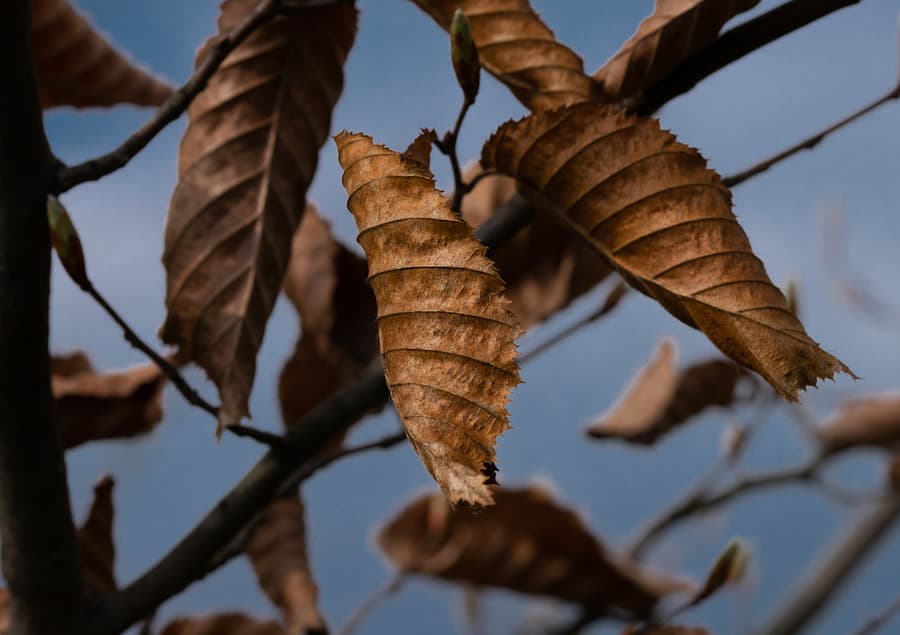Introduction:
As a responsible tree owner, it is crucial to monitor the health of your trees. One common issue that may cause concern is the presence of brown leaves. While brown leaves can indicate a problem, they can also be harmless. In this article, we will explore the various causes of brown leaves on trees, discuss potential solutions, and provide tips for maintaining healthy trees.
Causes of Brown Leaves on Trees:
- Dead Branches: Dead branches can lead to brown leaves. Regularly inspect your trees and trim away any dead branches to promote healthy growth.
- Environmental Stress: Trees can experience stress due to extreme weather conditions, such as drought, excessive heat, or cold snaps. This stress can cause leaves to turn brown and curl up. Adequate watering, mulching, and providing shade during hot weather can help alleviate this issue.
- Nutrient Deficiency: Lack of essential nutrients, such as nitrogen, iron, or magnesium, can result in brown leaves. Conduct a soil test to identify any deficiencies and provide appropriate fertilization to restore tree health.
- Fungal or Bacterial Infections: Certain fungal or bacterial infections can cause brown spots or discoloration on leaves. Consult with a professional arborist to diagnose and treat any infections effectively.
- Insect Infestation: Some insects, like aphids or mites, can cause leaves to turn brown by feeding on tree sap or transmitting diseases. Regularly inspect your trees for signs of infestation and take appropriate measures, such as using insecticidal soaps or seeking professional assistance.
Solutions and Prevention:
- Pruning: Regularly prune your trees to remove dead or diseased branches, promoting overall tree health and preventing the spread of infections.
- Proper Watering: Ensure your trees receive adequate water, especially during dry periods. Deep watering at the base of the tree is preferable to shallow watering, as it encourages deep root growth.
- Mulching: Apply a layer of organic mulch around the base of your trees to retain moisture, regulate soil temperature, and prevent weed growth. Avoid piling mulch against the trunk, as it can lead to rot.
- Fertilization: Conduct a soil test to determine any nutrient deficiencies and provide appropriate fertilization to replenish the soil’s nutrient levels.
- Regular Inspections: Regularly inspect your trees for signs of pests, diseases, or stress. Early detection can help prevent further damage and allow for timely treatment.
Conclusion:
While brown leaves on trees can be a cause for concern, it is essential to identify the underlying causes and take appropriate action. By understanding the potential reasons for brown leaves and implementing preventive measures, you can maintain healthy trees in your landscape. If you are unsure about the cause or need assistance, consult with a professional arborist for expert advice and guidance. Remember, proactive tree care is key to preserving the beauty and vitality of your trees.

